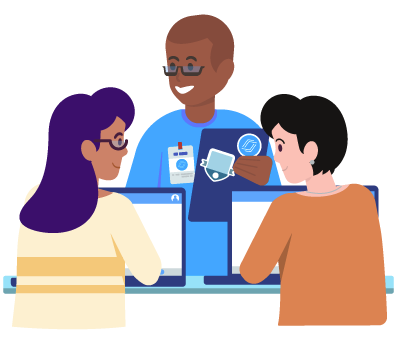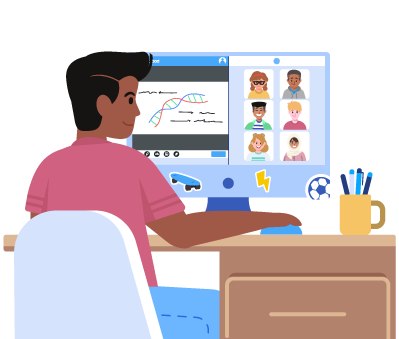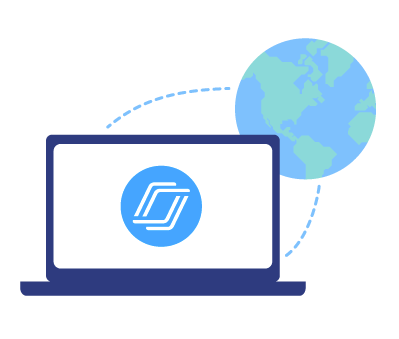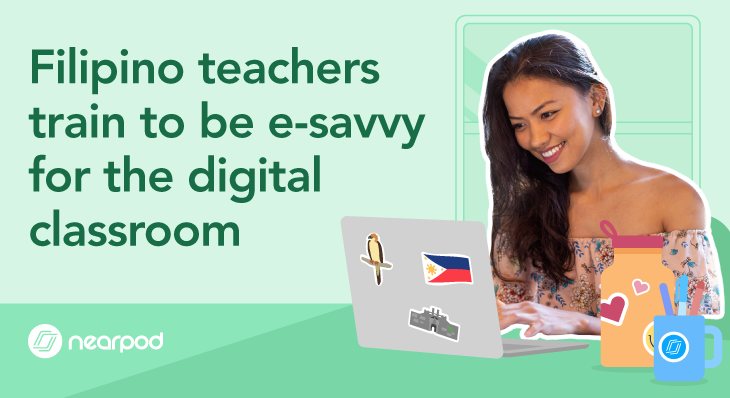
Filipino teachers train to be e-savvy for the digital classroom
Since the beginning of the pandemic, the Philippines education system has been focusing on re-training for teachers to adapt to the evolving method of hybrid teaching and the digital classroom. Several initiatives are underway to equip teachers with the skills to ace their digital game in class. These training programs aim to make teachers flexible to impart instruction in online modes while reaching the desired learning outcomes.
Bridging the digital divide
The Covid pandemic disrupted the education world and in the Philippines, it prompted educators and the government to come up with creative solutions to ensure the continuity of learning for its students. Walking on the digital pathway emerged as the most obvious solution to tackle the uncertainty of the pandemic while ensuring the safety of everyone in the Philippines, both teachers and students.
Moving the classroom online brought its own share of challenges. The first was the digital divide in the country – the chasm between the haves and the have-nots. The country’s highly urbanized cities had internet speeds of up to 5.54 Mbps (megabits per second) while rural areas barely got 1 Mbps, reported an article in Business World in October 2020. This divide prompted parents to prefer modular learning methods of self-learning rather than depend on internet connectivity.
To tackle this challenge, the Commission on Higher Education (CHED) adopted and communicated guidelines for flexible learning delivery, including online platforms and blended learning in all educational institutions in the country.
The importance of trainings for teachers
The second challenge of taking education online or creating an effective digital classroom was the teachers’ readiness for online modes of instruction. Bearing in mind the importance of quality teachers, especially in these challenging times, the Philippines dived deep into large-scale training for teachers in both public and private schools to prepare the educators for the pandemic-led uncertainty.
Two months before the academic school year of 2020-21 opened, over 300,000 teachers across the Philippines underwent ICT-based teacher training (information and communications technology). In this training, teachers learned how to develop electronic books and open education resources, and also how to use online photo- and video-editing tools to use for effective digital classroom teaching.
Specialized, tech-based training has become crucial to continuing education. Both private and public schools have realized this, and are ramping up efforts to meet the urgent need for the smooth conduct of e-classroom teaching. Education Organization Globe partnered with Habi Education Labs (a non-profit teacher training organization) and Teach for the Philippines program as part of the Global Filipino Teachers initiative to provide free training for public school teachers in digital literacy, blended learning, and 21st-century education models.
Similarly, the Southeast Asian Institute of Education Training rose to the demand for trained teachers to provide upskilling and re-skilling of teachers to adapt to the ‘new normal’. The institute is working towards the learning outcomes in the National Educators’ Academy of the Philippines to teach the teachers digital literacy, classroom management, and also student monitoring and assessment.
Good Samaritans pitch in with tech infrastructure for the digital classroom
The intent to take lessons online is most noble but in a developing country like the Philippines, the infrastructure is an important piece of the puzzle, without which continuing education during the pandemic would not be possible. During the second quarter of 2020, the local government units (LGUs) in the Philippines stepped up and provided mobile devices to students and teachers in need.
Telecom and digital services provider Smart fulfilled part of its corporate social responsibility goals by using its digital and tech infrastructure to bridge the gap between students and educators by bringing them together using infrastructure and the right education platforms. Smart partnered with tech giants like Google and Microsoft to distribute prepaid Giga Study bundles and also the Gabay Guro app to its mobile subscribers. These tools are designed for teachers, students, and also parents to stay on top of the continued learning goals.
UNICEF partnered with the DepEd (Department of Education in the Philippines) to devise the School-in-a-Bag, which is a portable digital classroom that works even without continuous electricity and internet connectivity.
School-in-a-Bag is a waterproof backpack that includes a laptop, a Smart pocket WiFi kit, an LED TV, and 20 student tablets that are pre-loaded with educational content. The lessons are in mother tongue-based literacy apps that are preapproved by the CVIF-DLP (Central Visayan Institute Foundation-Dynamic Learning Program) of the education ministry in the Philippines. Smart, the telecom provider, distributed 15 units of School-in-a-Bag to the education department to empower students in remote areas to continue schooling during the lockdown.
Additionally, the broadcast unit Cignal is streaming lessons by the country’s education department on its TV channels. The aim is to reach students located in off-the-grid places where mobile signals are weak or non-existent. The channel launched the ‘Fun Learning at Home’ campaign in November 2021 to supplement students’ online learning modes. All these tech solutions are designed to make learning lockdown-proof and emergency-proof so that in the event of a similar crisis in the future, the government can activate these measures to ensure that learning does not stop. About 300 portable digital classrooms are known to have been deployed, which will benefit over 2,000 teachers and 80,000 students who can do with this help. The education department estimates that these measures will benefit about 25 million students across the country.
Remote learning and the digital classroom are here to stay
D2L, an ed-tech company that provides the Brightspace learning management system to over 30 education institutes across the Philippines, has reported an increased interest in remote learning modes. “If you want to be successful in delivering teaching and learning in a remote situation, you’ve got to put some time into training or retraining your teachers and your faculty to be able to optimize the technology that you’re using to deliver it,” said Nick Hutton, regional director of D2L. All the faculty at D2L was retrained to adapt to remote education.
Leaders in the edtech space, such as Nearpod, can play a crucial role in helping teachers bridge the digital gap with ease and speed. Digital resources can make science classrooms, especially, more effective, found ‘The School Influencer Workshop’ that was organized by Education New Zealand in partnership with Teach for the Philippines in October 2021. In this workshop, Filipino teachers were given a taste of virtual field trips, online tools, and digital storytelling.
Nearpod hosts its own event every year called Camp Engage offering free personal development training for teachers on how to use Nearpod for gamification, activities, virtual field trips, and to maintain students engaged in the digital classroom and in the physical classroom. These events take place every year. In 2021, Nearpod launched its first Asia focused Camp Engage. Keep an eye out for the next event in 2022.
When teachers feel confident in their teaching mode, the positivity rubs off on the students, too, who would feel more enthusiastic to learn. Digital resources and tools can infuse the teaching-learning exchange with creativity and imagination. Teachers who know how to use these tools can take many leaps forward to inspire generations of young and curious minds.
Interested in reading more about this topic? Check out this blog post: Singapore’s move towards hybrid home-based learning
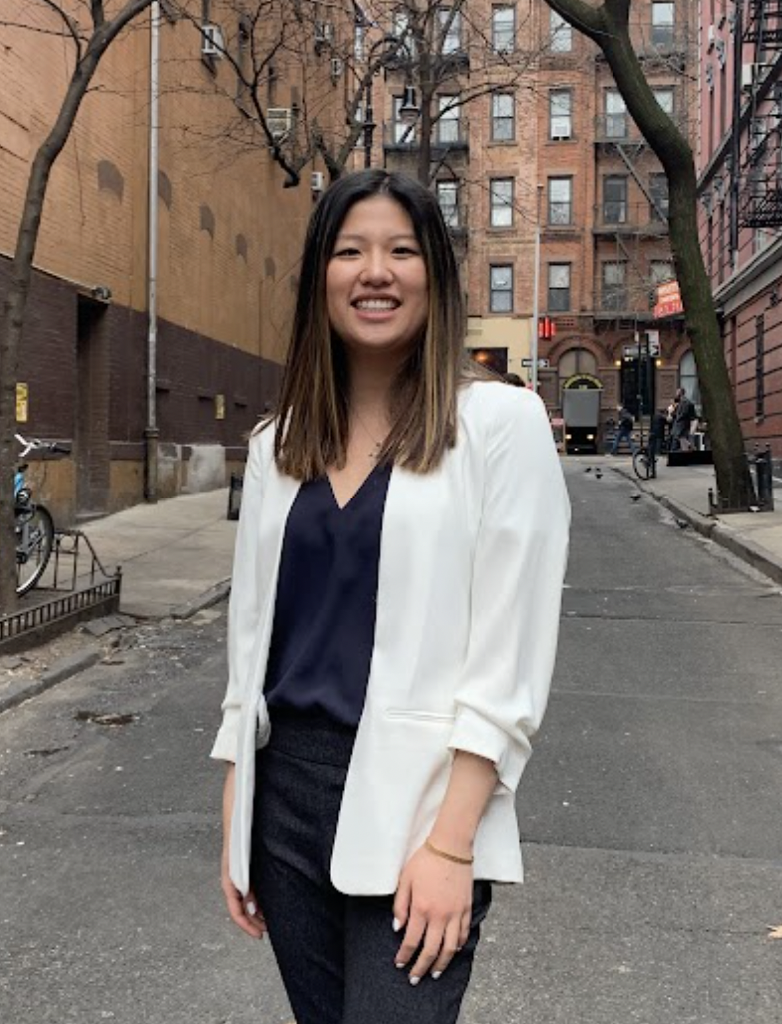
Hard-working, dedicated and ambitious, Ji Hae utilizes her communication skills, adaptability, empathy, leadership, and positivity to help teachers in Asia connect with students through Nearpod.
